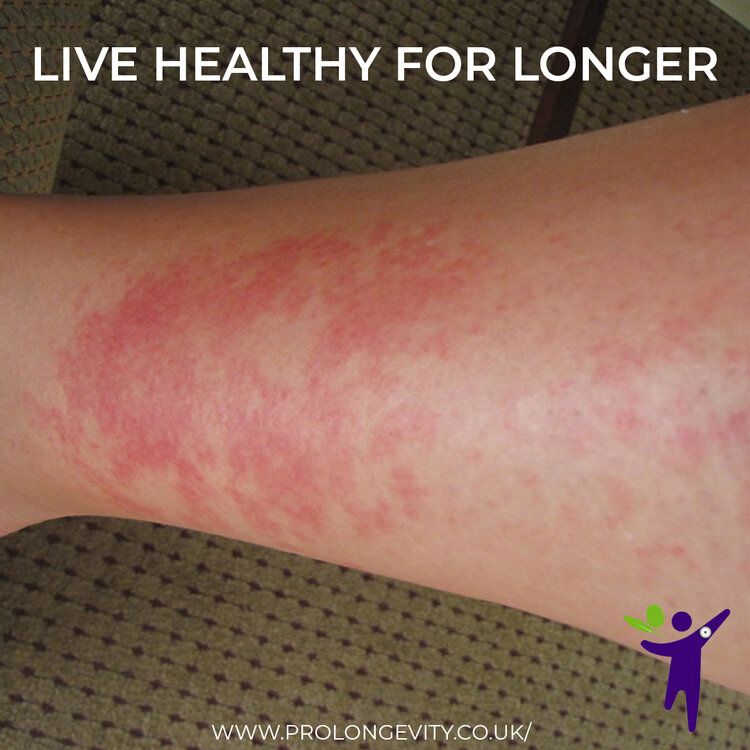Diabetic dermopathy, also known as shin spots or to give it its technical description “pigmented pretibial patches” is a common skin condition that affects individuals with diabetes. Diabetes itself is a condition that involves high levels of glucose (sugar) in the blood. It causes many symptoms including increased thirst, frequent urination, and signs like weight gain. One of the signs that not very many people associate with diabetes is a variety of skin issues including diabetic dermopathy. While it is not a serious medical concern, it can cause a lot of discomfort and concern for those who experience it.
If you would like to know more about diabetes and its different types, take a look at our blog on the different types of diabetes.

What is Diabetic dermopathy?
This condition usually involves circular, reddish, or light brown patches that appear on the skin, most commonly on the shins or other bone parts of the body. These patches may be slightly scaly and can often be mistaken for age spots or bruises. Patches can be seen particularly on the lower parts of the leg and can range in size.
Approximately 39% of people with type 2 diabetes will develop diabetic dermopathy.
If you suffer from diabetes or struggle to manage your diet, ProLongevity is here to help. Our program is here to support you in your journey toward reversing numerous health conditions including diabetes, dementia, and hypertension.
How is this caused?
Like many of the skin conditions caused by type 2 diabetes, high blood sugar tends to be associated with inflammation as well as poor circulation, which reduces blood flow to the skin. It can also cause damage to blood vessels and nerves. The ability of the white blood cells to fight off infections is also decreased in the face of elevated blood sugar.
Decreased blood circulation can lead to changes in the skin’s collagen. This changes the skin’s texture, appearance, and also the skin’s ability to heal.
How can you treat your skin conditions?
There are several ways to help reduce the risk of skin complications and treat such conditions caused by diabetes.
- A healthy diet is absolutely key to reversing/preventing skin complications such as skin tags, acanthosis nigricans, and diabetic dermopathy.
- Maintaining your blood sugar is also crucial to help not only minimise the complications caused by diabetes but also to minimise the severity of any resulting skin conditions.
- Keeping up to date with health checks and having regular skin checks to ensure there are no signs of infections or other complications.
- Due to the nature of the dermopathy, keeping the areas moisturised will help to prevent skin dryness and help with irritation and cracking.
With ProLongevity’s bespoke service, our team works with you to establish what foods and drinks are truly healthy for you, as well as the ones to avoid.
We help you establish and introduce healthy lifestyle choices. These are a series of small, incremental lifestyle changes to improve your diet and general well-being, including your skin health. There is none of the typical calorie counting or hunger associated with normal dietary advice. Instead, we gradually replace the foods that spike your sugars with others that don’t but are full of essential vitamins and minerals. This will help keep you not only healthier for longer, but also reduce the risk of life-limiting health conditions such as hypertension, stroke, and dementia.
If you would like to find out more about the program or book your free (no-obligation) consultation, get in touch with our team!
For more great articles, events, and advice from Graham himself, click below to join our FREE Facebook group that was designed to help all of its members on their health journey.





